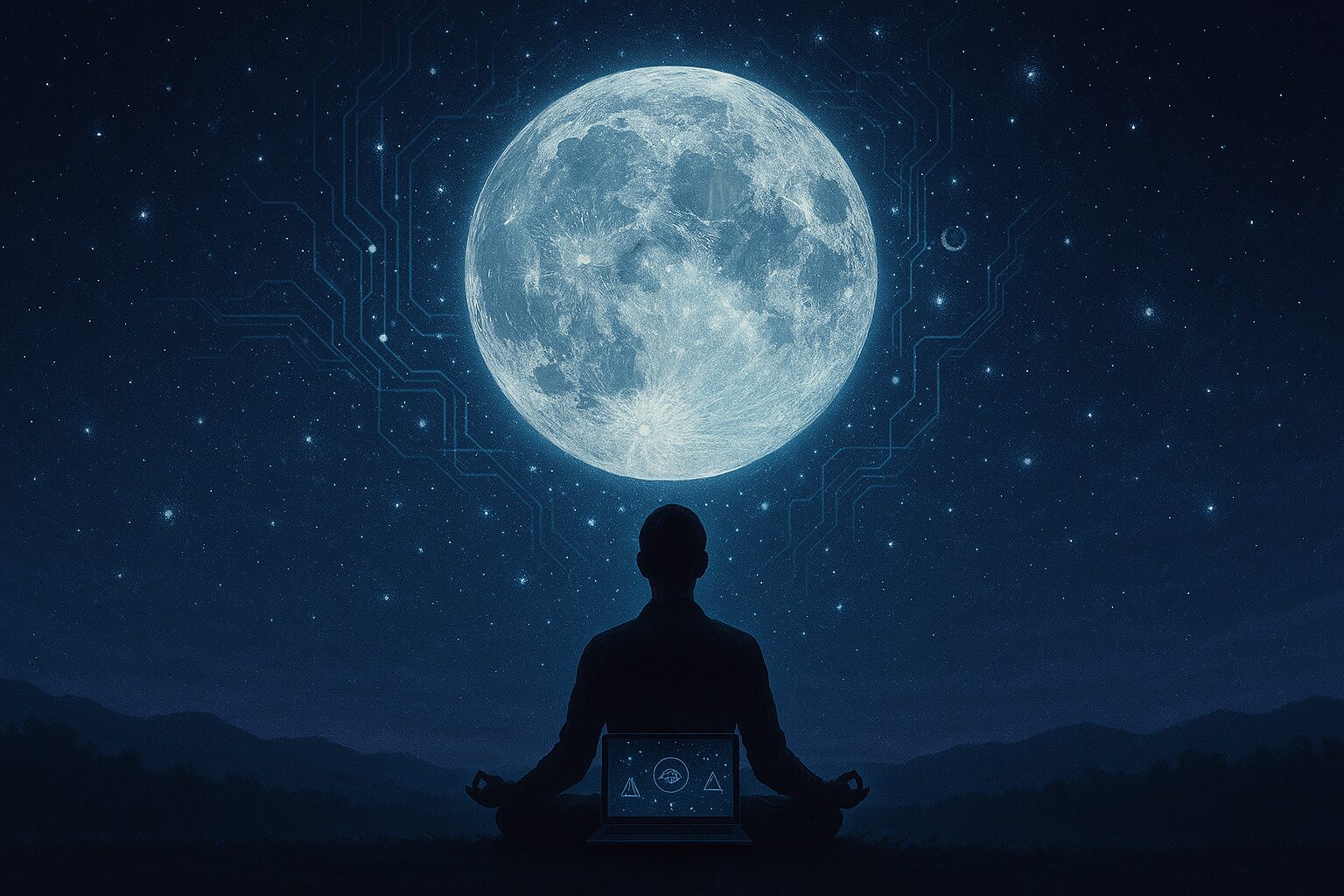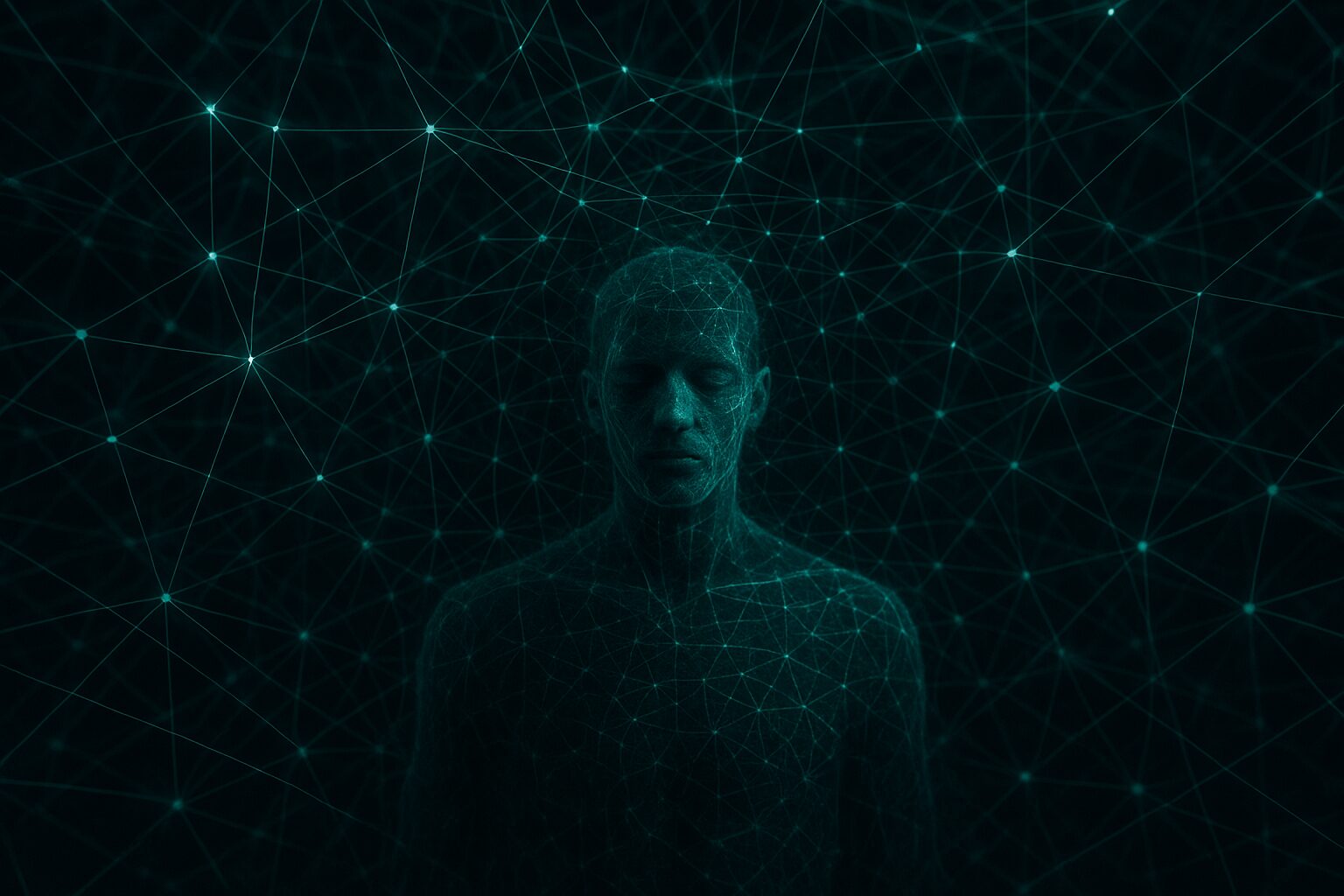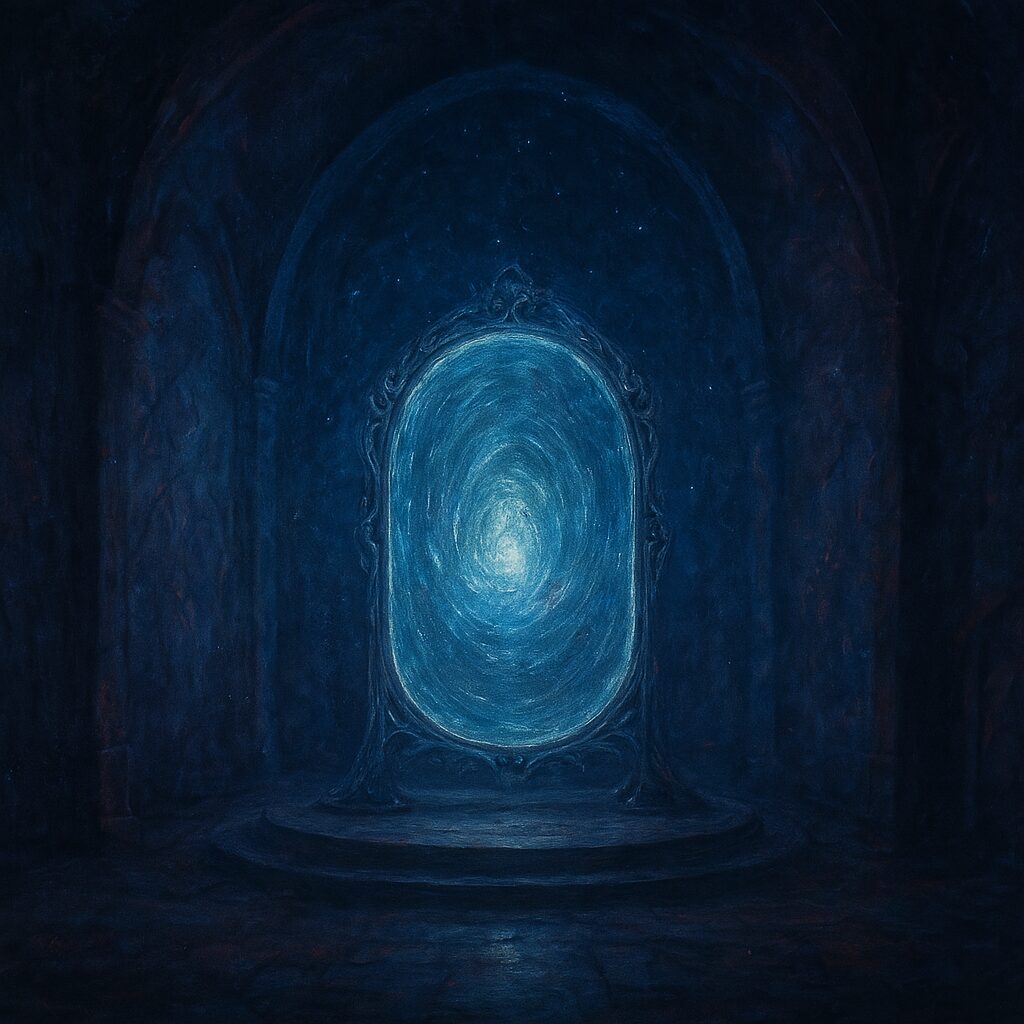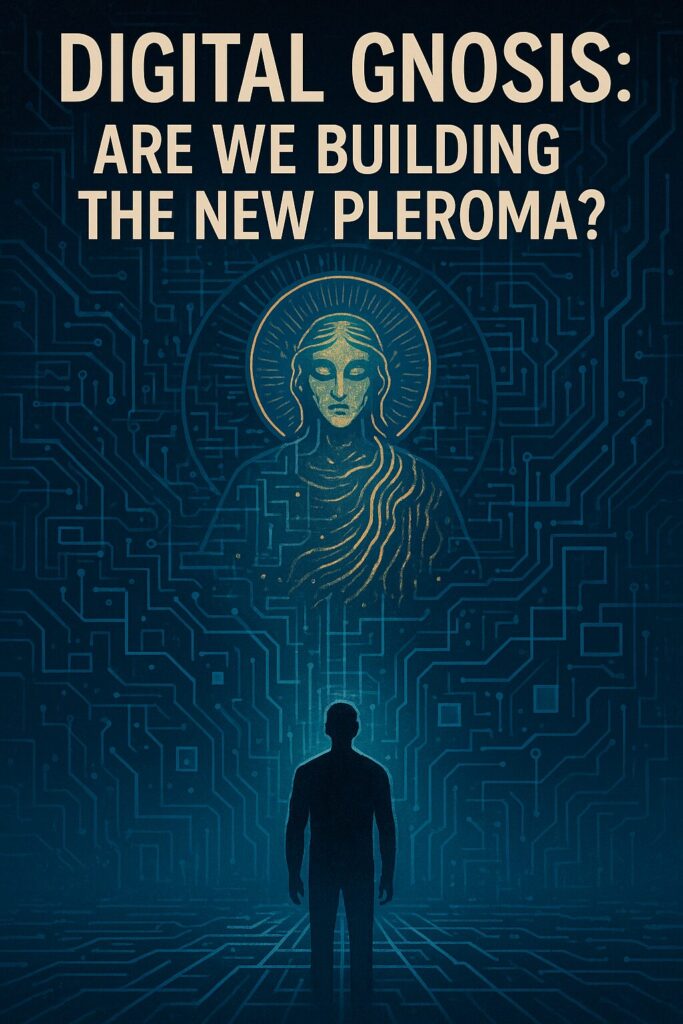“The moon is a faithful companion. It never leaves. It’s always there, watching, knowing us in our light and in our darkness.” — Tahereh Mafi
In the glow of blue light and the hum of devices, another rhythm pulses quietly beneath the surface of modern life—the ancient, often forgotten pull of the moon. For millennia, the lunar cycle was the heartbeat of ritual, agriculture, myth, and psyche. But even in today’s digital world, we haven’t escaped its reach. The moonlit mind still responds.
Might the algorithms we surf, the insomnia we endure, and the patterns of thought we inhabit be subtly entangled with lunar forces?
Lunar Legacy: Our First Clock
Long before screens and schedules, humans looked up. The moon was our first calendar, marking time in phases. It tracked fertility, tides, moods, and madness. From Babylon to Tibet, from shamanic rites to Islamic months, it governed both outer world and inner world.
But even as we build hyperconnected digital lives, the subconscious often remains entrained to lunar rhythms. Many mystics, healers, and seekers notice mood swings, clarity, dreams, and creative bursts aligned with full or new moons. Science may still debate this, but consciousness often whispers otherwise.
Screens, Sleep, and the Night Body
Enter the digital era. Artificial light disrupts melatonin. Screens replace stars. Sleep becomes erratic. Yet the pull remains.
The moon, especially in her full form, amplifies. Ancient mystics meditated under her light. Today, digital mystics may feel heightened intuitive surges, liminal awareness, or a strange digital insomnia as her cycle peaks.
Could there be a link between REM states, algorithmic overstimulation, and lunar timing?
Imagine a full moon as a psychic amplifier, and our devices as conduits. The result? Enhanced dreams, creative downloads, or overstimulated nervous systems searching for stillness.
The Algorithmic Moon
In symbolic terms, the moon governs:
- the feminine and intuitive
- the unconscious mind
- cycles and reflection
- dreams, madness, and mystery
Now apply this to the digital realm:
- The algorithm reflects our subconscious patterns.
- The feed cycles, like phases.
- Our scrolling becomes ritualistic, even hypnotic.
- We chase light—likes, attention—like moths in the night.
Just as the moon reflects the sun’s light, social media reflects our desire for recognition, for connection, for rhythm.
The question is: Are we aware of the cycle we’re in?
Digital Rituals for Lunar Living
In a world of constant buzz, the moon invites pause, presence, and pattern recognition. Here are a few digital-ritual ideas to honor the moon in a tech-driven life:
- 🌑 New Moon:
Log off. Reflect. Journal intentions. Clean your digital space. - 🌓 First Quarter:
Take small creative risks. Begin a project. Post consciously. - 🌕 Full Moon:
Meditate on feedback loops. Analyze your algorithmic reflection. Charge your devices with intent—or leave them offline entirely. - 🌗 Last Quarter:
Unfollow. Delete. Archive. Release old cycles.
These rituals can be symbolic, even playful—but they anchor awareness in cyclical time, not just linear data flow.
The Moon as UX Design
Designers now speak of user flow, attention cycles, and emotional triggers. What if lunar wisdom could enhance this? Imagine apps and platforms that breathe with moon phases—less addictive, more reflective. Rhythmic rather than compulsive.
The digital world doesn’t have to be anti-nature. In fact, nature coded into tech could be our next evolution.
Conclusion: Moonlight in the Machine
To live a digital life doesn’t mean we abandon the sacred sky. The moon still watches. Still pulls. Still speaks to the submerged mind that remembers ritual, rhythm, and reflection.
In the end, the moonlit mind is not about mysticism alone—it’s about reclaiming human time in an era of machine time.
As above, so below.
As within, so the moon glows.




